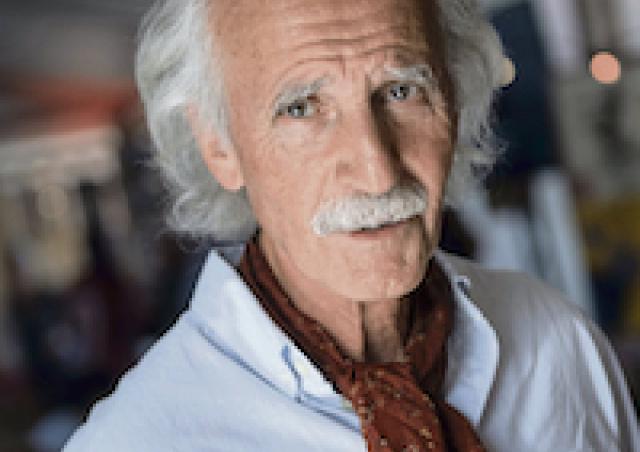Under the supervision of Romain Fontaine, team Biologie Cutanée
The skin represents an informative and easily accessible organ for the analysis of age-related processes. The naked mole-rat (NMR) is a subterranean rodent with a remarkable longevity and a lack of signs of ageing. We decided to analyze in detail the characteristics and mechanisms underlying this possible skin resistance of the NMR to ageing.
By generating and performing an analysis of the first single-cell RNA-sequencing data on the skin of young (1 year) and middle-aged (12 years) NMR, coupled with immunohistochemistry, we characterized the diversity and ontogeny of epidermal cell populations in relation to age. During skin ageing in humans or mice, a loss or change in cell lineage from resident stem cells is observed, leading to altered homeostasis, skin fragility and delayed wound healing. In NMR, the stem and basal cell compartment is maintained and does not change with age. Indeed, among the cell populations divided into 11 clusters, the 4 stem and basal cell populations are found in all individuals. No gene appears to be significantly differentially expressed during ageing in a global analysis. Nevertheless, a more specific comparative transcriptomic analysis of the clusters reveals that the maintenance of the stem and basal cell compartment is accompanied by the over-expression of Igfbp3 and Rsp2 genes in one of the populations in the older animals. Similarly, the contingent of immune cells, in particular Langerhans cells, is maintained contrary to what has been demonstrated in humans or mice, and is accompanied by the over-expression of 5 genes, some of which are linked to inflammation (S100a8). The differentiation process of keratinocytes is not either altered.
Finally, functional wound healing experiments performed for the first time in this animal showed no difference in tissue repair between young and old individuals. We then hypothesized that, in the NMR, the maintenance of the stem and basal cell compartments, as well as the Langerhans cells - possibly in relation to the expression of Igfbp3 - could contribute to the skin's resistance to ageing in these animals. This preservation would also seem to allow older animals to heal the same way as younger ones.
Thus, all the results presented provide arguments in favor of using the NMR as an animal model for the study of mechanisms of resistance to skin ageing, that can also be transposed to human biology in the future.
Keywords: Skin stem cells ; Naked mole-rat ; Single-cell RNA-sequencing ; Aging ; Wound healing ; Skin











